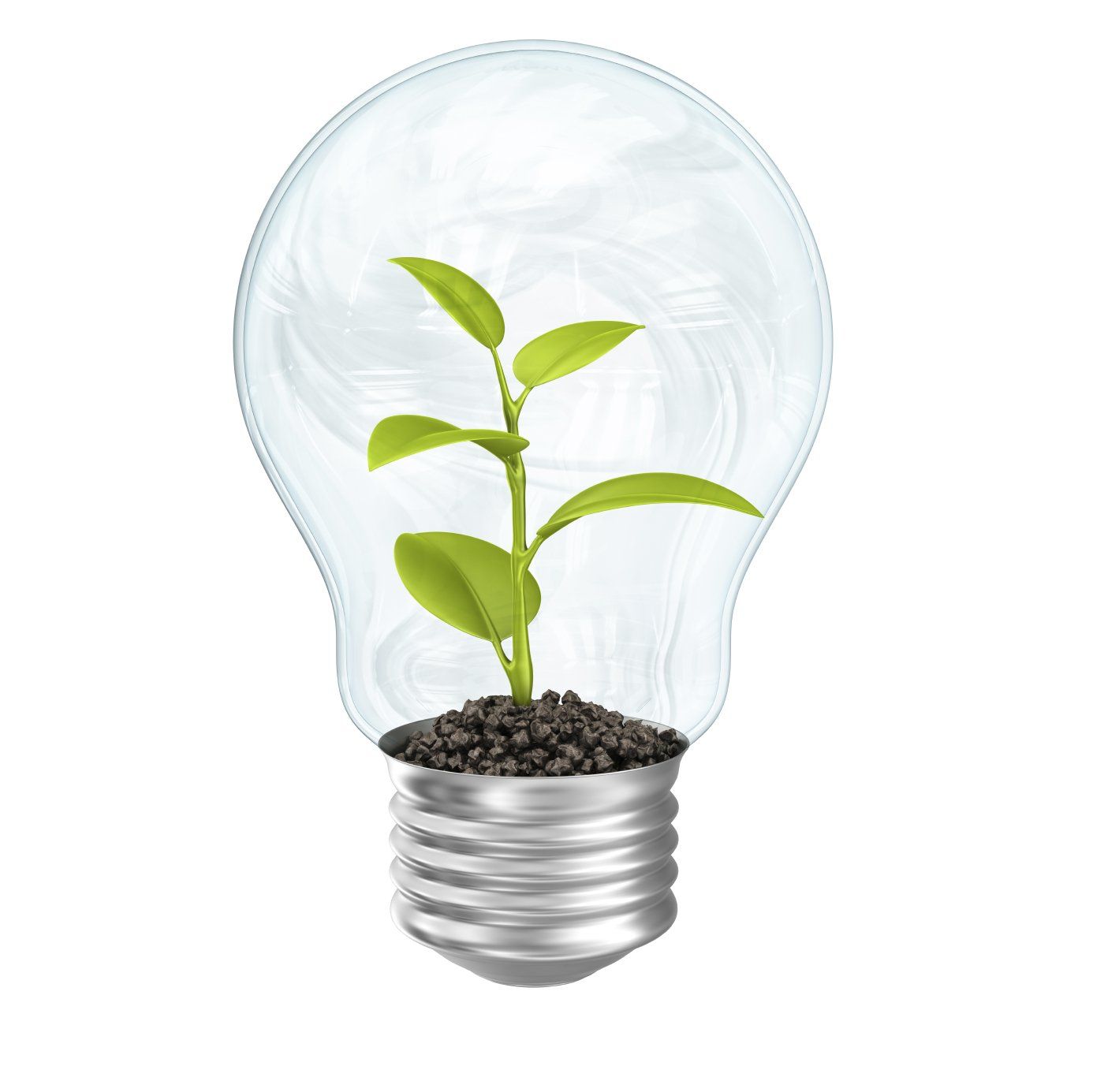What do you know about Vinly Flooring
A basic guild to Vinly Flooring

Resilient Vinyl Flooring: Characteristics and Maintenance
Resilient flooring refers to surfaces that possess elasticity in their materials, making them durable and flexible.
Among various options available in the commercial arena, vinyl is one of the most popular floor coverings due to its versatility in shades and styles. It comes in rolls, boards (planks), or tiles and is commonly installed using glue. The wide range of colors and profiles makes vinyl flooring suitable for various applications.
Vinyl boards or planks are designed to replicate the appearance of hardwood floors. They are known for their rigidity and durability, although they may be susceptible to dents or punctures from sharp, heavy objects.
Vinyl tiles are available as Vinyl Composition Tiles (VCT) or Luxury Vinyl Tiles (LVT). VCT contains a small percentage of vinyl (around 8% to 12%) along with other materials like limestone and clay, resulting in a porous surface that requires regular maintenance. On the other hand, LVT is made entirely from vinyl and does not need sealing or special maintenance to preserve its appearance. LVT finds common use in educational facilities, along with sheet vinyl and rubber floors.
Modern vinyl floor tiles are a popular choice for high-traffic areas due to their affordability, durability, and easy maintenance. They are highly resilient to abrasion and impact damage and can be refinished with chemical strippers and mechanical buffing equipment.
One of the significant advantages of vinyl flooring is that it requires minimal maintenance compared to tile floors since there is no grouting involved. However, joints can be sealed with PVC, ensuring higher hygiene levels. Consequently, vinyl flooring is often preferred in hospitals, public areas, and care homes. Its hard-wearing quality allows it to withstand heavy foot traffic, making it suitable for a wide range of commercial environments.
Vinyl tiles are typically composed of PVC and fiber, resulting in thin and fairly hard tiles. Despite their benefits, PVC tiles may be prone to issues such as lifting edges and surface wear due to foot traffic. Additionally, the thickness of the sheet and wear layer determines the floor's durability. Thinner floors are more susceptible to tearing and obvious damage once the print layer wears through.
Vinyl sheet flooring is designed with ornamental patterns that imitate wood, stone, or tile. The texture of these materials is replicated using embossing and specific topcoats, with a print layer adding to the appearance. Safety flooring often features a textured finish to provide non-slip properties.
Maintaining vinyl flooring offers several advantages:
1. Easy to clean and maintain.
2. Can withstand exposure to moisture without buckling, making it suitable for bathrooms and kitchens.
3. Depending on the type of vinyl, specific dressing recommendations may apply.
It is crucial to follow the manufacturer's recommendations for maintenance and redressing. For modern vinyl flooring, low-maintenance options may require little to no chemical application. However, it's essential to check with the supplier or manufacturer before attempting to clean the surface.
Common methods used to maintain vinyl flooring include:
1. Damp and wet mopping
2. Dry sweeping
3. Vacuuming
4. Scrubbing using a rotary, cylindrical, or orbital machine
5. Steam cleaning
6. Chemical stripping
7. Dressing using water-based polish
8. Water-based sealing.
Keep in mind that maintenance methods should not alter the floor's functionality or appearance. For safety or anti-static flooring, follow daily cleaning methods and avoid treatments unless explicitly directed by the manufacturer. Exercise caution while using chemical stripping to prevent damage to the surface, and always check for color fastness.
As cleaners, our role is to maintain the surface and preserve its aesthetics and functionality for as long as possible.







